Amazon Supply Chain is an end-to-end solution that assists Amazon Sellers with storage and shipping, right from the factory to the final customer.
Table of Contents
From my perspective, it serves as a complement to FBA (Fulfillment By Amazon) and Multi-Channel Fulfillment. This allows Amazon to have a presence in all of the sellers' sales channels outside of Amazon, which includes other marketplaces, their individual e-commerce websites, and even physical stores.

If you're acquainted with Amazon's Multi-Channel Fulfillment, you'll know it's an FBA service available to online stores and various marketplaces (with the exception of eBay and Walmart, who specifically prohibit it).
Amazon Supply Chain services
The Amazon Supply Chain offering is somewhat similar, but with added features. It includes:
- pickup from the manufacturer's factory
- long-term storage
- and delivery to both Amazon customers, other sales channels customers and brick-and-mortar retail stores
Supply Chain means Amazon Warehousing + Amazon FBA
As far as I know for the info we have at the moment (which is not much, just a post on “About Amazon”‘s official blog and the official site) Amazon Supply Chain has two main components:
1. Amazon Warehousing Distribution (AWD)
This offers long-term storage and restocking in Amazon's warehouses. With AWD, you can have large quantities of stock collected directly from your manufacturer, and you'll have access to a network of Amazon warehouses and fulfillment centers that can store this stock at more competitive rates than using FBA directly.
Remember, one of the reasons Seller Fulfilled Prime was rolled-out was the storage high rates for small rotation (or small sales velocity) products and big and volumetric products (some TVs, washing machine, furniture…). There's a similar program for Amazon Vendor (kind of a dropshipping option), it's called VOC or Vendors' Own carrier.
Just imagine you had to pay $15 a month during Q4 for the monthly storage fee of this washing machine so it's under FBA. Makes no sense, does it?
2. Fulfillment By Amazon (FBA)
This doesn't require much introduction. It's Amazon's primary logistics service for deliveries.
If you wish to transfer stocks from AWD to FBA, it's seamless. Everything is integrated and offered at competitive rates. Services such as cross-border stock transfers and customs clearance are also included.
How to apply to Amazon Supply Chain?
This is the process:
- Log in to Seller Central (must be a Professional account, not individual)
- Review requirements: products are eligible for shipping, storage, distribution and fulfillment (no dangerous, abrassive, hazard products, etc). This are the agreements you need to check before: Amazon Global Logistics (AGL), Partnered Carrier Program (PCP), Amazon Warehousing and Distribution (AWD) and Fulfillment by Amazon (FBA)
- Enroll in Amazon Global Logistics and/or Amazon Warehousing Distribution
- Make your first shipment for delivery to AWD and/or create an AGL shipment to AWD using Seller Central or Shipper Central.
How does it work?
As we can read on the official site, it's pretty simple. Here's the step-by-step process:
- Send Products to Amazon using Amazon Global Logistics (AGL) to Amazon Warehousing and Distribution (AWD)
- Storage & Distribution: products instantly become available for purchase when they enter the AWD system. You can store indefinitely using AWD and products will always be Prime-eligible
- Amazon Order Fulfillment: your AWD stored inventory will be use to restock products in the Amazon fulfillment network. The orders will be picked, packed, and delivered via FBA
- Buy With Prime Fulfillment: if a customer uses “Buy with Prime” on your own ecommerce, the product will be delivered using Multi-Channel Fulfillment (MCF)
But there's more. It seems that a new feature called Multi-Channel Distribution (MCD) is coming soon and you'll be able to transfer inventory in bulk from AWD to wholesalers, suppliers or your own 3PLs.
Join our newsletter: +1,5k subscribers
Amazon Supply Chain discounts and Special Offers
As Amazon is pushing hard this new service, there are discounts and special offers for early bird enrollers:
- Long-term AWD Storage with big discounts
- Partnered Carrier Program (PCP) for those shipping to AWD within the 48 contiguous US states. Cost savings of up to 25% cagainst other competitor's rates.
Amazon Supply Chain pros and cons
Are there any drawbacks? One is the increasing reliance on Amazon. Additionally, you'll need to disclose detailed information about your manufacturer to Amazon. But, of course, there's more. Let's check them out:
Pros
- You can focus on creating new products and forget about logistics and supply chain
- Amazon Logistics expertise (+20 years), plus having a 360º process inside the Amazon ecosystem. If there's a problem you don't need to “chase” a 3PL, a shipping agent, a different fulfillment center…
- It's and end-to-end solution: advanced logistics, warehousing, distribution, fulfillment + transportation services
- Cost savings and discounts
- Amazon Global Logistics (AGL) offers origin services, ocean freight shipping and customs clearance with potential savings. No extra or surprise charges and offers discounts for cross-border transportation
- Amazon Warehousing Distribution (AWD) is a low-cost long-storage service
- Partnered Carrier Program (PCP) is great for domestic transportation to AWD centers
- Expanded AWD Offering removes peak pricing for Q4 and offers up to 80% savings compared to FBA storage
- The upcoming all new Multi-Channel Distribution (MCD) will help us Sellers distribute products across different sales channels from a centralized inventory
- Automatic inventory replenishment using Amazon's proprietary machine learning and algorithms to optimally stock products, potentially increasing FBA sales.
Cons
The way I see it, there are 3 main cons:
- More Amazon dependence, because they'll handle your entire supply chain
- Amazon Sellers will be disclosing detailed information about their manufacturing processes and partners to Amazon. Basically, you're giving away the house keys of your business
- With Amazon taking over your entire supply chain, you'll of course have less control over your entire operation
More posts
About the author
Jordi Ordonez
I work as an independent eCommerce and Amazon consultant.
Clients
Estrella Damm, Intersport, Bella Aurora, Lladró, Textura Interiors, Nice Things Palomas, Castañer, Due-Home and many other clients.
Lecturer & Teacher
I teach and have been a speaker at: Meet Magento, Prestashop, Prestashop Day, SEMRush, Cambra de Comerç Barcelona, ClinicSEO, Ecommbeers, Ecommbrunch, Ecommercetour.com, Ecommfest, EOI, ESIC-ICEMD, Foxize, Generalitat de Catalunya, Inesdi, Quondos and The Valley. In addition, I have done in-company trainings for brands such as Orange and Adidas.
Writer
I collaborate writing articles for Helium 10 blog, Shopify, SEMRush, La Vanguardia, eCommerce-news.es, Marketing4ecommerce...
Partner
Helium 10, Jungle Scout, Avask, Sellzone, Helium 10 Seller Solutions Hub Partner, SaaS4Marketing, H10-wp.com and FBASuite.com
Social
LinkedIn, Twitter, Wikipedia, Youtube, Quora, ISNI 0000000513224289, About Jordi Ordonez
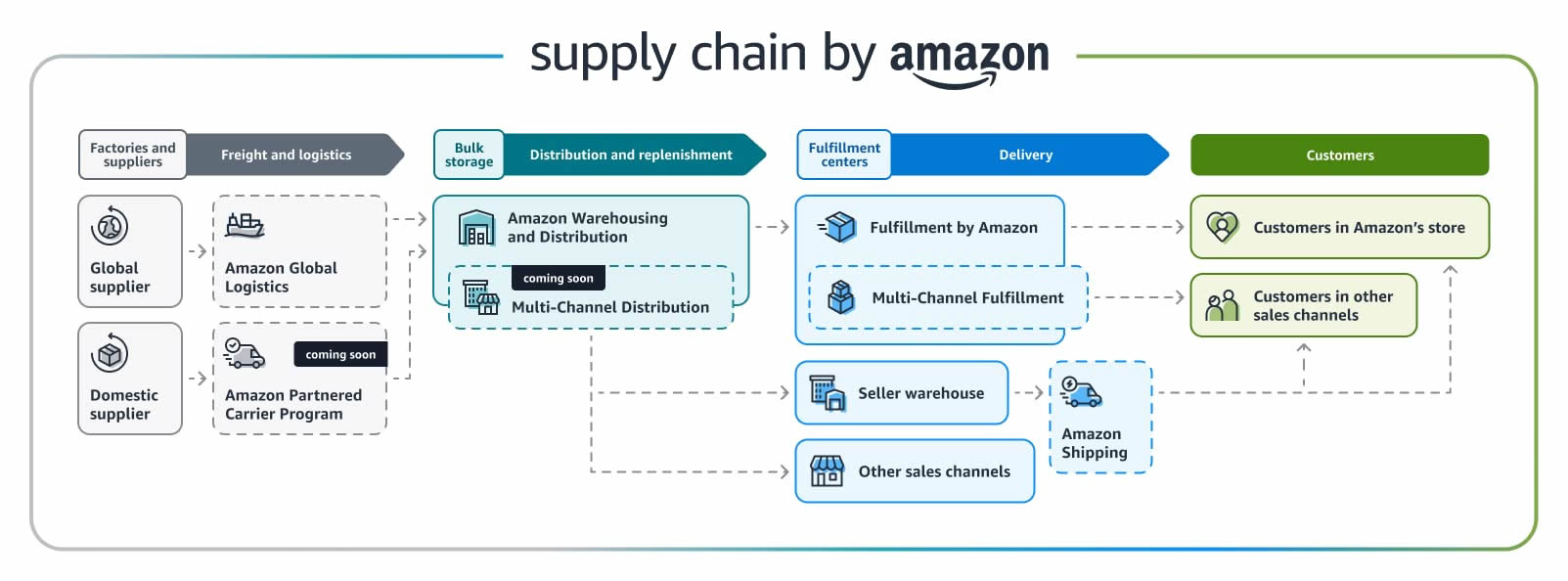

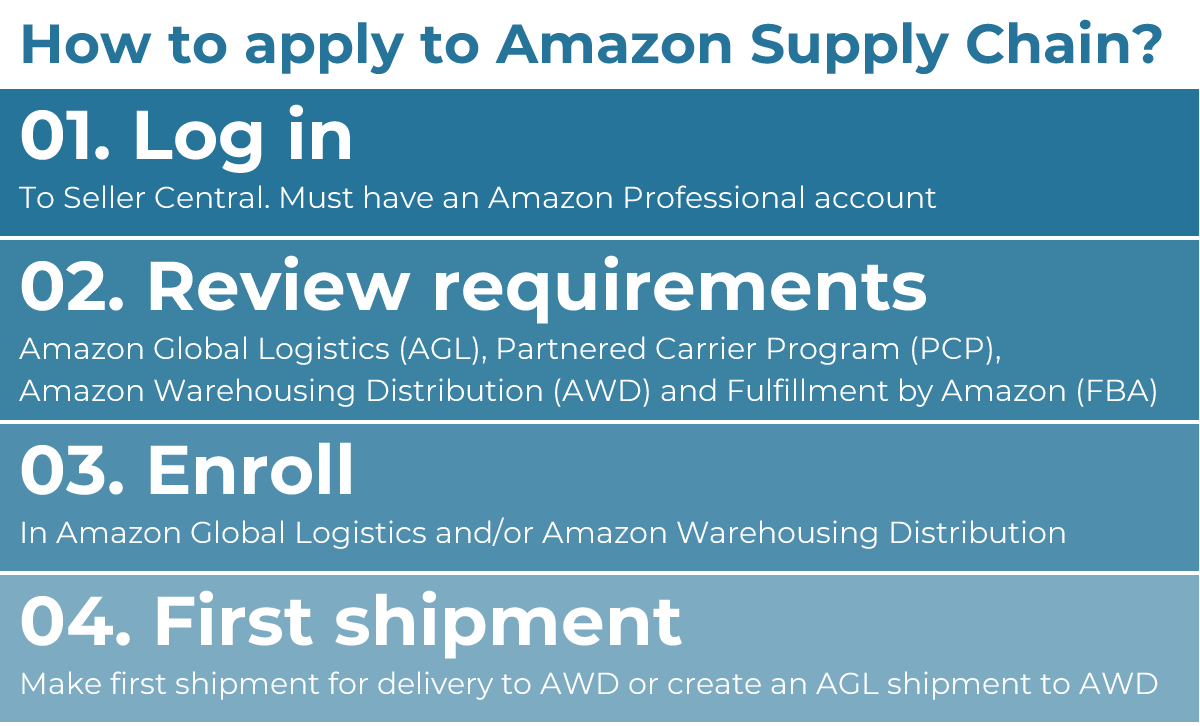
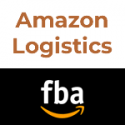
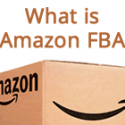
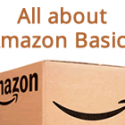


I cant believe how massive Amazons supply chain is! Its like a never-ending web of warehouses and fulfillment centers